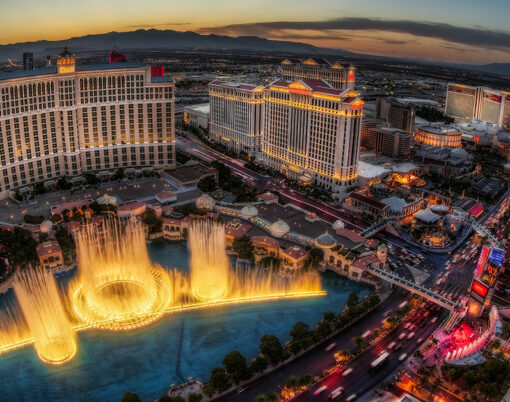Words by David Constable
Horatio Alger Jr.’s Castle poem begins: “I have a beautiful castle/With towers and battlements fair…” I had a castle, too. I write in the past tense because, well, it is no longer mine. It never really was. But for a weekend, Château de Mercuès, part of the Relais & Châteaux group, was mine – and I proper Lord’ed it up!
My room was in one of the corner towers and my bedroom in a turret with a spiral staircase and a large, circular bed. The spire roof opened at the press of a button to reveal the architecture and inner-workings of the pointed, triangular roof. At mealtimes I dined in their recently awarded Michelin-starred restaurant, Le Duèze (led by chef Julien Poisot); gorging on foie gras, saffron, sweetbreads and local black truffles, all paired with vintage bottles from the cellar. And I attempted, in my own obtuse and unschooled way, to speak with conviction about the Grand Vin and Cuvée 6666 (a wine which received 93 points from Wine Enthusiast magazine).
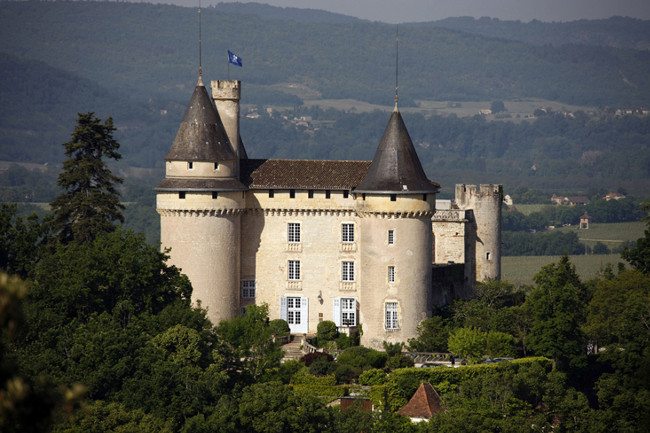
There has stood a château on the hills above Cahors since the 13th century. Originally a simple chapel stood there, under Saint Didier, the first Bishop of Cahors, in the 7th century. But with time came construction, and a castle replaced a chapel, which later became the holiday residence for the boozing bishops of Cahors.
Among these bishops was the ill-fated Hugues Géraud, implicated in the conspiracy against Pope John XXII and sentenced to be skinned and burned alive. I faced similar humidity while slumming-it in the Midi-Pyrenees, albeit without such terminal consequences. Still, it was bloom’in hot, a flip-flop squelching 34° in the afternoons.
Such heat forces you to locate shade, and then, as one does in this region, slip into the nonchalant feet-up existence of a local by finding a guarded spot and spending languid afternoons people watching. I slipped further into local character and ordered a bottle of the excellent Bellefleur, Château de Mercuès’s sparkling Malbec, a grape for which the Vigouroux estate are rightly famed.
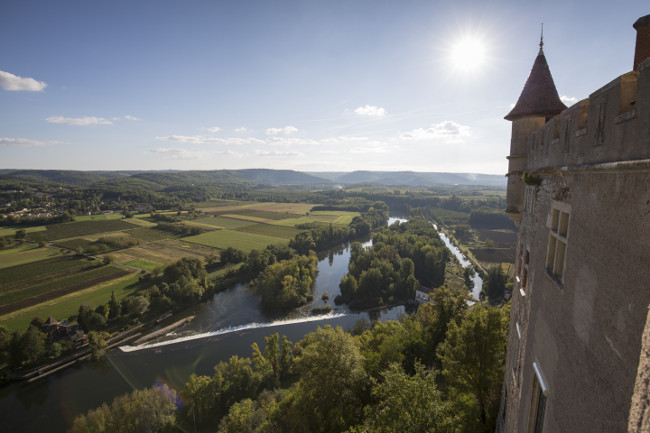
The Vigouroux family are specialists in France when it comes to producing Malbec wines. Today, Bertrand-Gabriel Vigouroux and his wife, Christine, live on the Château de Haute-Serre estate, another one of the Vigouroux property vineyards alongside Château de Mercuès. Bertrand took over the reins from his father, Georges, in 1990, who set about re-introducing the Malbec grape to the region, cultivating and promoting the grape and its “black wine” bounty and bringing attention back to the south-west region of France and away from Mendoza, the Malbec land of adoption.
“The Argentinians helped raise the profile of Malbec,” says Bertrand. “It’s a grape that can grow almost anywhere, but the dark colour and high tannins are quintessentially Chaors. For me, elegance is of primordial importance.”
While Château de Mercuès occupies the space upon the hill, overlooking the Lot Valley and neighbouring Laburgade saffron fields, at the foot of the hill the River Lot runs towards and around Cahors, encompassing and protecting the city which has resulted in it’s impressive preservation. The emblem of Cahors is the UNESCO listed Valentré Bridge, a remarkable example of mediaeval architecture and part of the Camino de Santiago route.
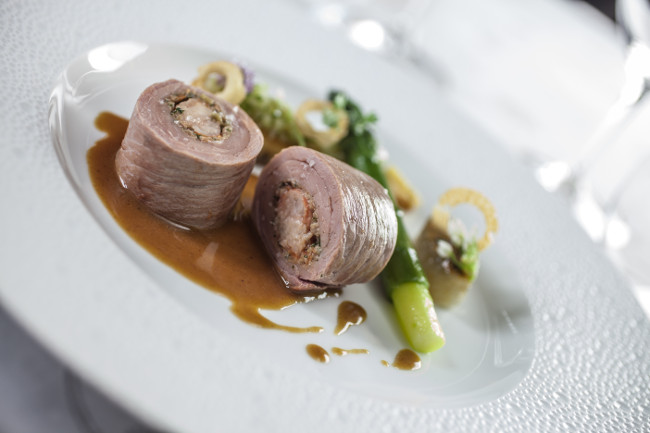
Gothic legends often attach such ancient constructions and the Valentré Bridge (“The Devil’s Bridge”) is no exception. Legend says that the architect could not finish the bridge and therefore sold his soul to the devil in order to secure its completion. Attempting to outsmart the devil, the architect instead infuriated him, and the devil insured that the bridge would never be completed. As for the devil, he is still there; immortalised by the architect Paul Gout – commissioned to restore the bridge from 1867 to 1879 – who carved a stone devil into the northwestern cornerstone of the bridge’s central tower.
Cahors itself is pretty and charming with a wonderful food market – one of the great gifts of these southern French towns. On Wednesday and Saturday mornings, brightly-coloured stalls emerge and shoppers stroll the well-worn cobblestones, picking up freshly cut asparagus, Rocamadour goats cheese and hunks of velvety foie gras as if it’s their right. Punnet after punnet overflow with juicy red strawberries and there’s an old lady I spot at a corner stall by the cathedral, slurping the salt-water mollusc from an oyster shell.
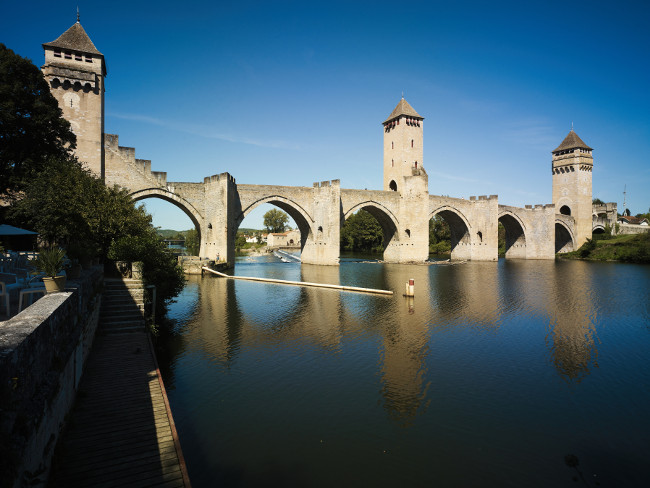
The Cathedral of St. Etienne in the central square is attributed to the aforementioned 7th century bishop, Saint Didier. Its altar was consecrated in 1119 by Pope Calixtus II, together with a special altar dedicated to the precious Holy Cap of Christ, a religious relic one consonant away from meaningless detritus.
Back at the château, I toured the cathedral-like cellar with its vintage collections (their first vintage is ’88) and barrel after barrel of fermenting Malbecs: Vassal de Mercuès, Grand Vin Seigneur, Cuvée 6666, Icône WOW, then walked the grounds with its crisscross pathways, feature fountain and 25m x 10m pool. Before long, however, I returned to local and lethargic ways, sitting in the upland garden overlooking Cahors and the château vineyards with a glass of cool Château de Mercuès Chenin Blanc.
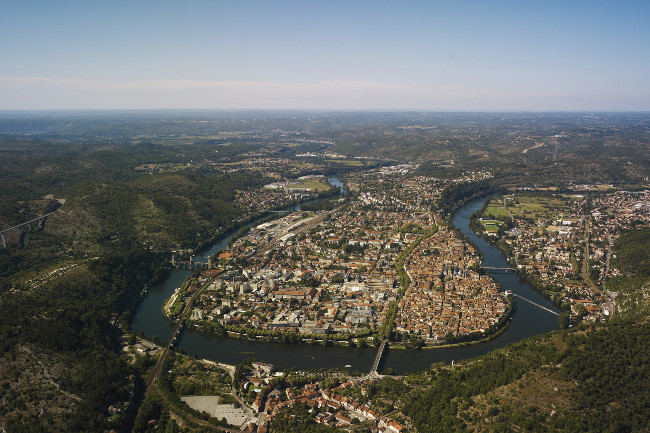
It takes a lot to beat this. Of course, the château in the background goes a long way in establishing such a scenic image, but it’s the French approach to loafing and afternoon-flopping that’s got me curious, their majestic insouciance. There are few places as impressive as Cahors to seek repose and few better ways spent than drinking veritable Malbec from its source in the grounds of Château de Mercuès.
Address: Chateau de Mercuès, Route du Château, 46090 Mercuès, France.
Phone: +33 5 65 20 00 01
Email: mercues@relaischateaux.com
Website: chateaudemercues.com















